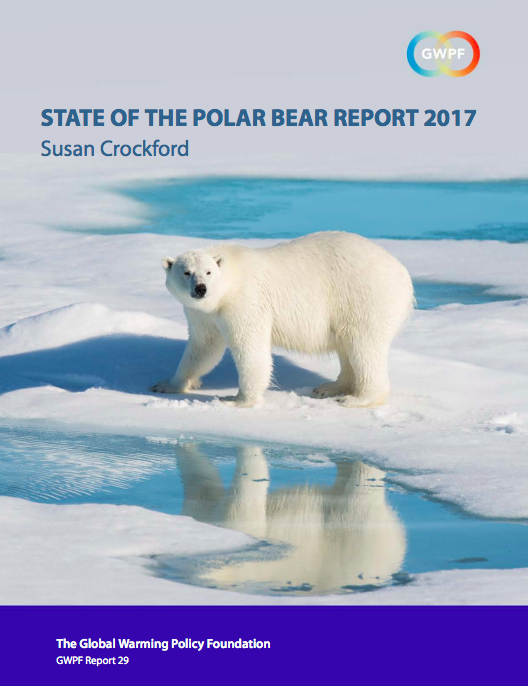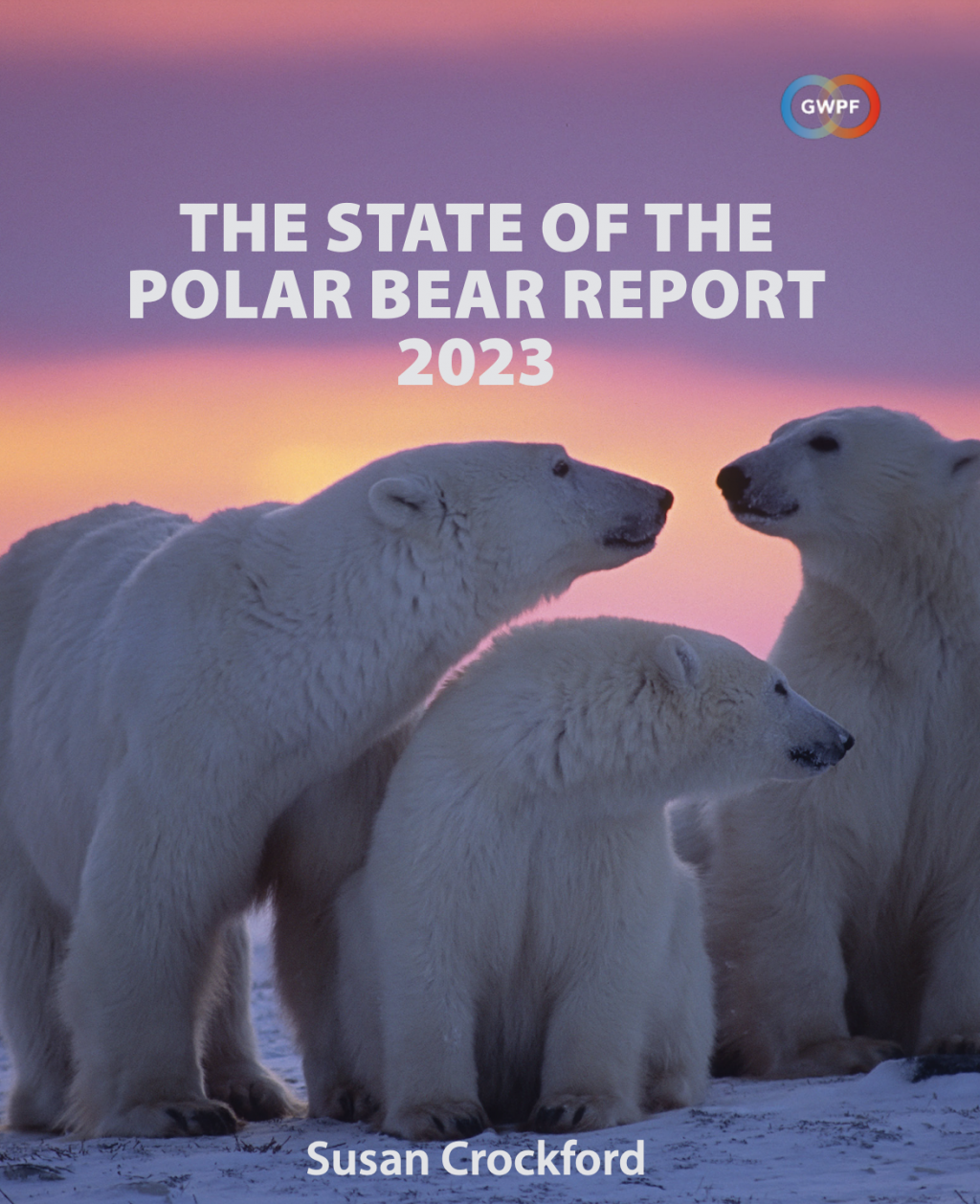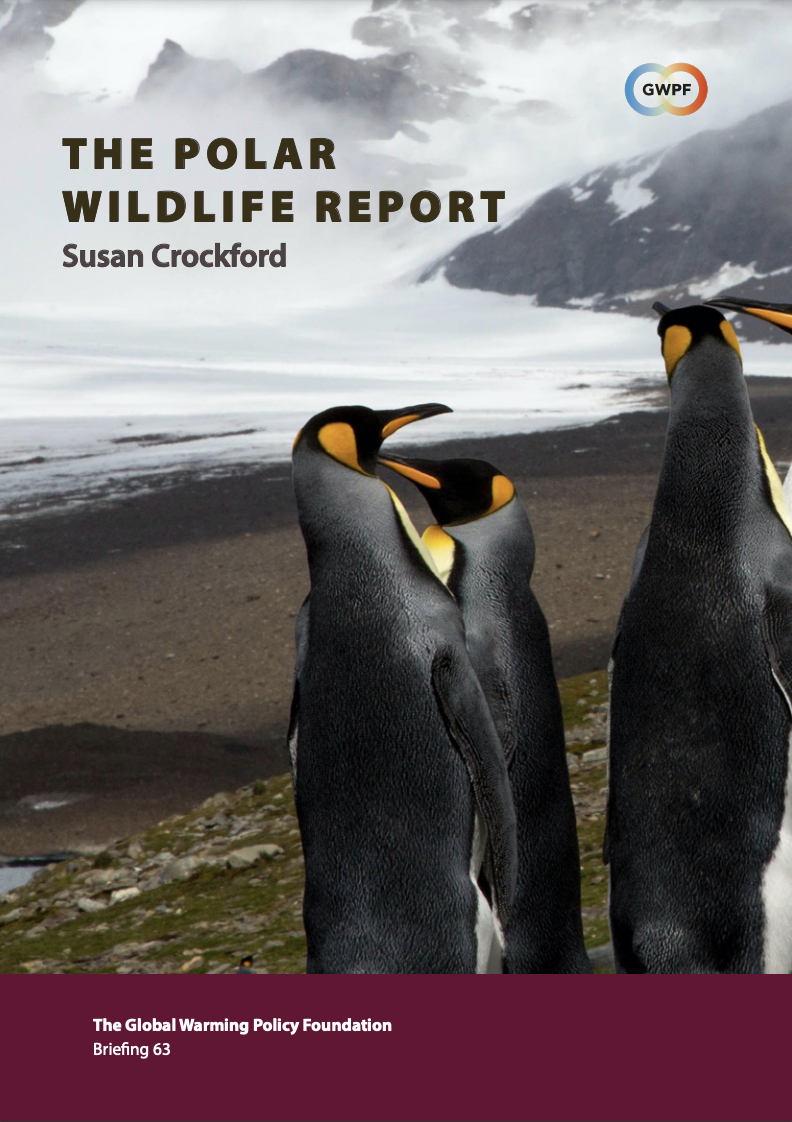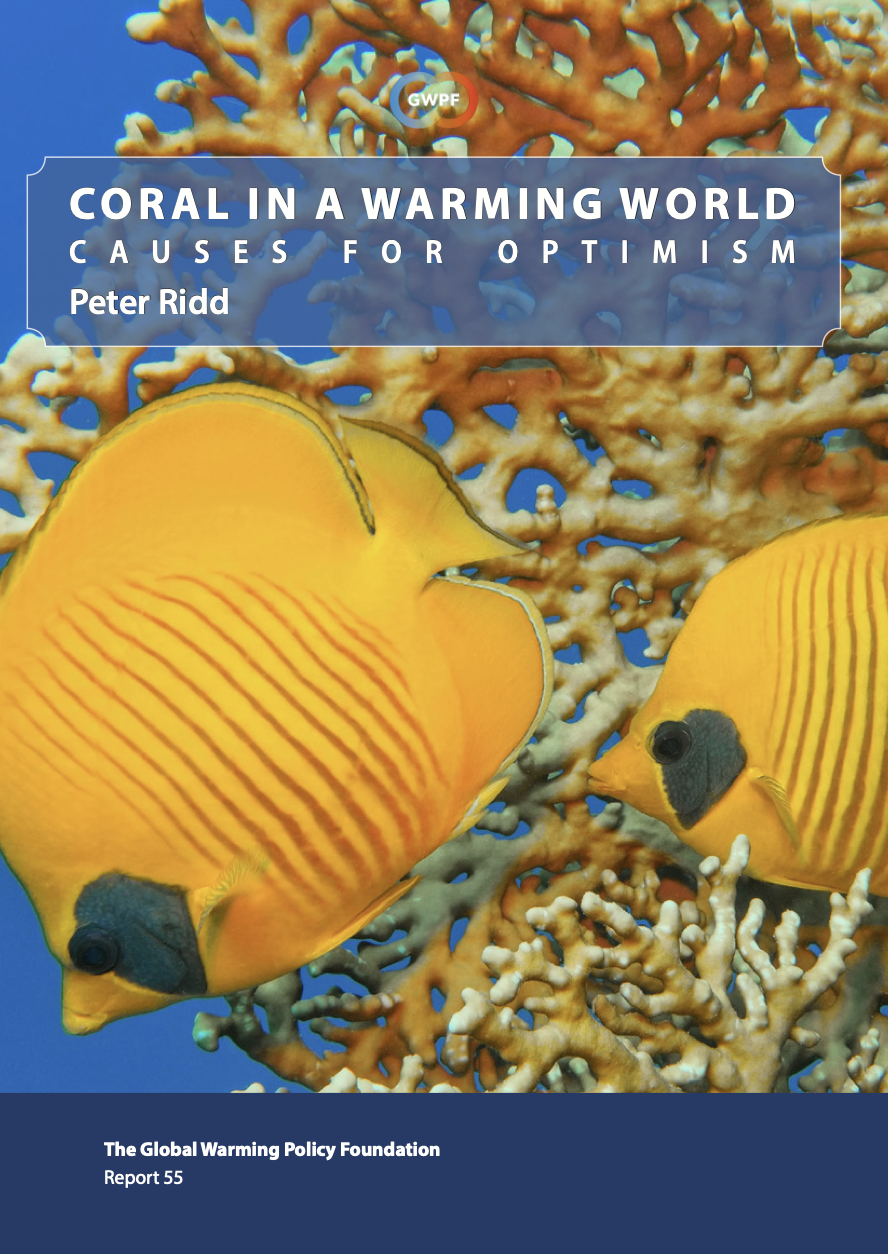New report says that polar bears are doing well despite reductions in sea-ice.
Toronto, 27 February: In a new report published by London-based think tank, the Global Warming Policy Foundation, zoologist Susan Crockford says that predictions that climate change is bringing about the demise of these iconic creatures have proven to be far from the mark.
Dr Crockford’s report, published to mark International Polar Bear day, makes clear that although Arctic sea-ice has declined to levels not expected until 2050 and widely predicted to cause catastrophe for polar bears, their numbers have remained stable, or have even increased slightly. As she explains
“Ice levels during the key feeding period in Spring have been good, and prey species have been abundant. It’s not really a surprise that polar bears are doing so well.”
And in the Southern Beaufort Sea, the one area where polar bear numbers have fallen, the reason appears to be too much sea ice rather than too little.
“The fearmongering from the media and the polar bear specialists is now backfiring”, says Crockford. “They convinced the world that polar bears were doomed but the facts got out. Now would be a good time to set the story straight.”
The State of the Polar Bear Report 2017 summarises clear, reliable and concise information on the current state of polar bears in the Arctic since 2014, relative to historical records.
It highlights up-to-date data and research findings in a balanced and factual format that avoids hype and exaggeration. It is intended for a wide audience, including scientists, teachers, students, decision-makers and the general public interested in polar bears and Arctic ecology.



